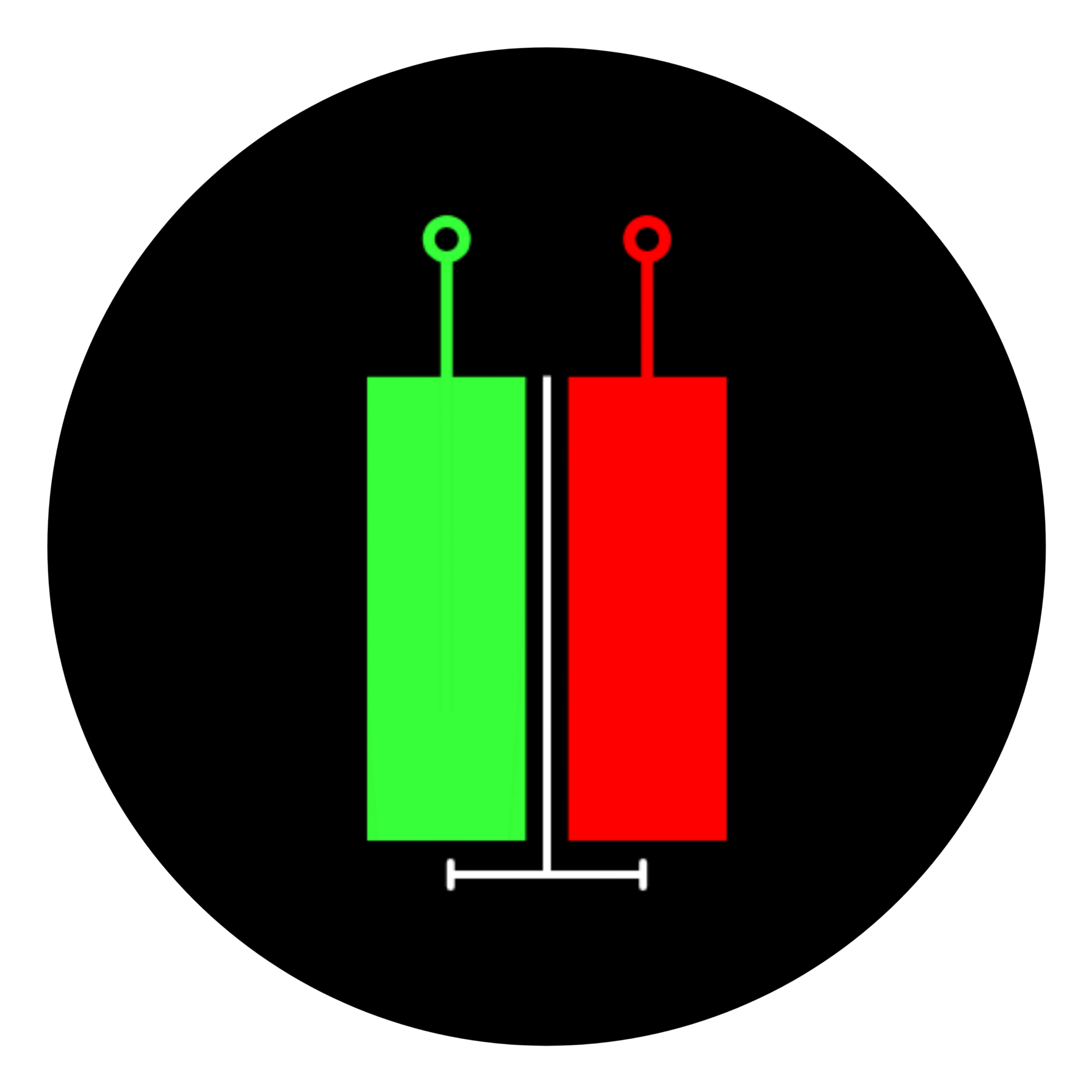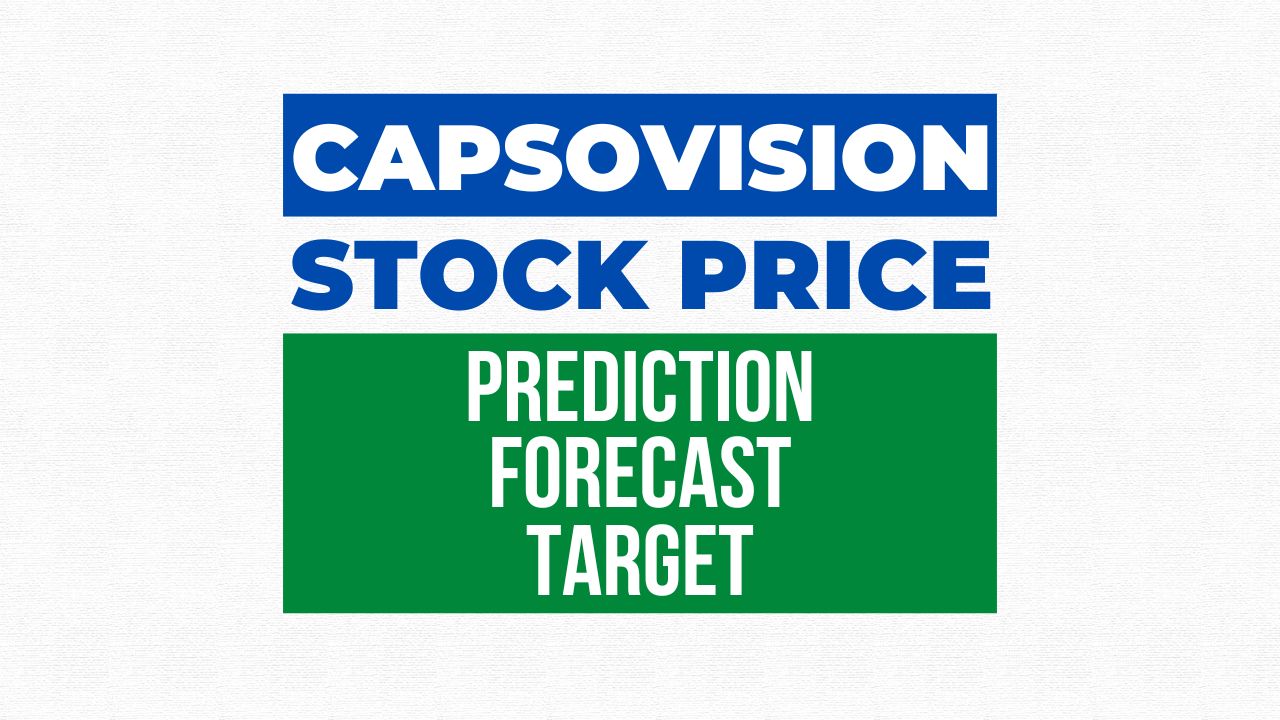CapsoVision, Inc. (CV), a medical technology company specializing in capsule endoscopy, began trading on the Nasdaq Capital Market at $5.00 per share on July 2, 2025, raising approximately $27.5 million. Following its debut, shares declined by 12% to $4.40 as investors evaluated its high losses and modest cash reserves. This forecast projects CV at $4.75 in 2025, $8.21 by 2030, $15.01 in 2040, and $25.00 in 2050, supported by AI-powered imaging technology and global healthcare demand, though weighed down by regulatory hurdles and financial constraints.
1. Company Overview
CapsoVision, Inc., founded in 2005 and headquartered in Saratoga, California, develops capsule endoscopy technology for gastrointestinal imaging. Its flagship products, CapsoCam Plus for small bowel visualization and CapsoCam Colon for colon polyp detection, feature 360-degree camera technology with artificial intelligence to help identify colorectal cancer and other gastrointestinal diseases. The company also markets CapsoCloud, CapsoAccess, CapsoView, and CapsoRetrieve as part of a connected ecosystem for end-to-end capsule video capture, viewing, and retrieval.
According to its S-1 filing, CapsoVision reported trailing twelve-month revenue of $12.04 million and a net loss of $21.07 million. The IPO offered 5.5 million shares at $5.00 each, valuing the company at about $161 million. Despite strong product development, investor response was cautious, with shares closing at $4.40 on their first day of trading.
| Founded In | 2005 |
|---|---|
| IPO Date | July 2, 2025 |
| Ticker Symbol | CV |
| Stock Exchange | NASDAQ Capital Market |
| Sector | Healthcare |
| Industry | Medical Devices |
| Specialization | Capsule endoscopy, AI imaging |
2. The Stock Market: Fundamentally Driven
CapsoVision’s valuation, based on its IPO price, indicates a price-to-sales multiple of about 13.4, significantly higher than the sector median, while its negative profit margin of nearly 175% highlights severe financial pressures. With only $4.40 million in cash reserves and a negative free cash flow of roughly $21.24 million, the company faces challenges funding its next growth phase. The Altman Z-Score of -19.13 signals heightened bankruptcy risk if it cannot secure additional financing or rapidly scale revenue.
Recent financial results showed $12.04 million in revenue and a gross margin near 54%, reflecting strong product pricing power but limited operational leverage. Compared with competitors like Intuitive Surgical and Medtronic, which both maintain positive earnings and larger market share, CapsoVision’s growth strategy remains speculative.
| Metric | CapsoVision (CV) | Intuitive Surgical (ISRG) | Medtronic (MDT) |
|---|---|---|---|
| P/S Ratio | 13.4 | 22.5 | 4.8 |
| P/E Ratio | N/A | 78.3 | 24.5 |
3. Sector Overview
CapsoVision operates within the healthcare sector’s medical devices segment, which has experienced consistent demand growth as populations age and healthcare systems expand diagnostic capabilities. The global gastrointestinal endoscopy market is forecast to reach nearly $5.9 billion by 2030, boosted by early cancer screening and rising digestive disease incidence. Artificial intelligence is expected to drive adoption of more precise diagnostic tools, with CapsoVision aiming to differentiate through its 360-degree video capsule technology.
The sector has seen moderate gains, with the iShares U.S. Medical Devices ETF (IHI) rising 10% in 2024, reflecting stable investor appetite. However, market sentiment around early-stage medtech IPOs remains cautious, evidenced by CapsoVision’s share price decline on its debut.
4. Industry Analysis
CapsoVision faces competitive challenges from rivals including Check-Cap and Given Imaging, both of which offer capsule endoscopy products with AI enhancements. CapsoVision’s innovation pipeline, notably CapsoColon 3D, is expected to drive up to $10 million in new annual revenue by 2027 if adoption among gastroenterology clinics accelerates. Regulatory approvals remain critical, with potential delays costing an estimated $5 million annually in lost opportunities.
The company hopes to capture around 5% of the global GI market by 2030 through partnerships with hospitals and clinics, but faces funding pressures and volatile market sentiment similar to other medtech IPOs in 2024 and 2025.
5. Near-Term 2025 Outlook
CapsoVision’s near-term forecast sees a base-case target of $4.75 for 2025, assuming revenue rises to about $13 million supported by broader adoption of CapsoCam Plus. A bear-case price of $3.50 factors in tariff impacts, potential FDA clearance delays, and a prolonged cash burn, while the bull-case scenario of $5.50 assumes stronger-than-expected demand from gastroenterology networks and more efficient expense management.
6. Stock Growth, Technical Insights, and Long-Term Forecast: CV Price Prediction 2030–2050
a. Medium-Term Growth Outlook to 2030
CapsoVision’s stock growth toward 2030 depends on adoption of CapsoColon 3D, expansion of CapsoCloud, and international partnerships. A modest revenue growth scenario suggests a base-case target of $8.21 by 2030, assuming steady market share gains in the global gastrointestinal endoscopy market. If CapsoVision fails to control its losses or scale operations, a bear-case scenario could see prices as low as $4.02. Under a more aggressive expansion strategy with successful partnerships and higher AI adoption, a bull-case scenario may push the stock up to $11.94.
| Year | Bear Case | Base Case | Bull Case | Key Growth Drivers |
|---|---|---|---|---|
| 2030 | $4.02 | $8.21 | $11.94 | AI diagnostics, global expansion |
b. Long-Term Expansion to 2040
By 2040, CapsoVision’s prospects could be supported by an increased share of the GI imaging market, growth in SaaS revenue from CapsoCloud, and new product launches in capsule endoscopy. The base-case forecast is $15.01, assuming revenue scaling with moderate margin improvements. The bear case of $5.91 factors in persistent operating losses and slow product adoption, while the bull case of $35.83 reflects a scenario where CapsoVision secures leadership in AI-powered GI diagnostics and expands its market share significantly.
| Year | Bear Case | Base Case | Bull Case | Key Growth Drivers |
|---|---|---|---|---|
| 2040 | $5.91 | $15.01 | $35.83 | CapsoColon 3D adoption, SaaS scale |
c. Ultra-Long-Term Vision to 2050
CapsoVision’s ultra-long-term potential to 2050 will hinge on global demand, regulatory success, and its ability to transition to a broader software-as-a-service diagnostic ecosystem. If revenue reaches about $100 million with improved profitability and geographic expansion, the stock could trade around $25.00 in the base case. The bear case sees prices near $8.69 if innovation slows and competition intensifies. The bull case, reflecting a scenario where CapsoVision dominates the GI diagnostics industry globally, places the stock at $71.66 by 2050.
| Year | Bear Case | Base Case | Bull Case | Key Growth Drivers |
|---|---|---|---|---|
| 2050 | $8.69 | $25.00 | $71.66 | Global GI market growth, SaaS, innovation |
d. Technical Insights
Technical indicators for CapsoVision remain neutral following its IPO. The stock established a trading range between $4.00 and $5.72, with resistance near $5.00 and initial support around $4.00. Relative strength index readings are estimated near 50, signaling consolidation with no clear momentum bias as of early July 2025. If trading volumes increase and positive clinical or commercial results emerge, upward breakouts may occur. Conversely, regulatory delays or continued cash burn could push prices below the current support zone.
7. Macro Trends and Strategic Roadmap
CapsoVision’s long-term strategy aligns with global healthcare trends including rising digestive disease incidence, broader AI adoption in diagnostics, and international expansion to address underserved markets. Aging populations and increased cancer screening programs are likely to sustain demand for capsule-based GI imaging.
The company plans to launch CapsoColon 3D by 2027 and scale its SaaS business to generate around $5 million in revenue by 2030. Partnerships with leading gastroenterology clinics and regional distributors could be key to driving adoption and accelerating market share gains.
8. Investor Sentiment and Social Signals
Online discussion has been mixed following the IPO, with investor sentiment on social platforms highlighting CapsoVision’s promising technology but warning about heavy losses and limited cash. Google Trends shows a 20% increase in searches for “CapsoVision IPO” around its debut date, suggesting curiosity among retail investors, but the 12% initial share price decline signals ongoing caution.
9. Risk Factors
CapsoVision’s largest risk remains its negative cash flow and shrinking cash reserves, which could force further dilution or debt financing. Regulatory delays from the FDA may disrupt its pipeline, while competitors with larger budgets and established customer networks could undercut pricing or market share. Tariffs and broader macroeconomic pressures could also impact future demand.
10. Long-Term Growth Prospects
Despite financial strain, CapsoVision’s gross margin above 50% and robust product pipeline position it for future growth if execution improves. The potential for global AI-enabled GI diagnostics to scale revenue to $100 million by 2050 supports a long-term bullish view, though investors should note the highly speculative nature of the investment.
11. Frequently Asked Questions (FAQs)
What is CapsoVision’s stock forecast for 2025?
CapsoVision’s 2025 base-case forecast is $4.75, with revenue growth supported by CapsoCam Plus and CapsoCloud products.
Will CapsoVision stock reach $25 by 2050?
The base-case projection is $25.00 by 2050, with the bull case reaching as high as $71.66 if the company leads GI diagnostics globally.
Is CapsoVision stock overvalued at IPO?
CapsoVision’s price-to-sales ratio near 13.4 is high given a net loss of $21 million, making its valuation aggressive.
How does CapsoVision compare to other medtech companies?
CapsoVision’s growth is behind industry leaders like Intuitive Surgical, which has higher profitability and market share.
What are the major risks of investing in CapsoVision?
Key risks include heavy cash burn, regulatory delays, and competition from established players.
12. Conclusion
CapsoVision (CV) began trading at $5.00 per share, with a base-case price target of $4.75 in 2025, $8.21 in 2030, $15.01 in 2040, and $25.00 by 2050. Its growth prospects rely on scaling AI-powered GI diagnostics and expanding its SaaS ecosystem, but substantial financial challenges and competitive threats make CV a high-risk, high-reward stock to monitor.
This article is for informational purposes only and should not be considered financial advice. Investing in stocks, cryptocurrencies, or other assets involves risks, including the potential loss of principal. Always conduct your own research or consult a qualified financial advisor before making investment decisions. The author and publisher are not responsible for any financial losses incurred from actions based on this article. While efforts have been made to ensure accuracy, economic data and market conditions can change rapidly. The author and publisher do not guarantee the completeness or accuracy of the information and are not liable for any errors or omissions. Always verify data with primary sources before making decisions.

